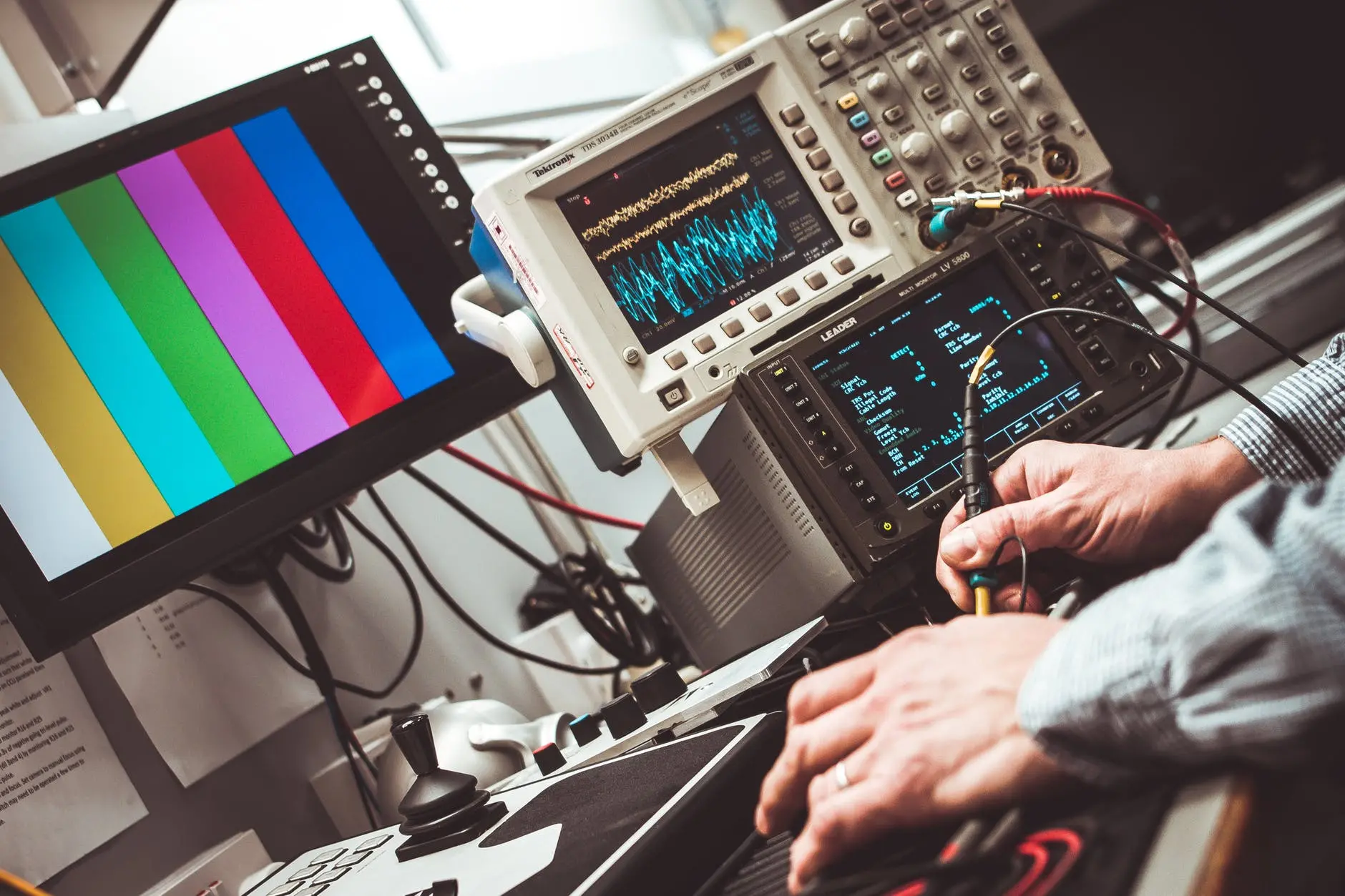Gone are the days when the Internet of Things (IoT) devices communicated through Bluetooth, Wi-Fi, or other cellular connectivity; today's IoT devices chirp to communicate.
IoT is a giant network of things where people communicate by using various wired and wireless technologies. IoT platforms collect data from different devices that contain inbuilt sensors. Furthermore, IoT applies analytics to the accumulated digital assets and shares the most valuable information with the applications built to address specific needs. But what if there is no connectivity for the communication of IoT devices? According to Statistica Reports, the installed base of IoT devices is forecasted to grow to almost 31 billion worldwide by 2020. This highlights the growing rate of IoT devices in the coming years. However, there arise several questions regarding the way IoT devices interact. The biggest question being – what if Bluetooth, Wi-Fi, or other cellular connectivity is not available, how will the machines communicate? Well, nowadays, IoT devices chirp to communicate. The fantastic technology of ‘chirping’ helps solve issues faced by legacy IoT systems.
Benefits of Chirping
Chirping is a signal that is directed in a linear or a non-linear way and uses a frequency that either increase the ‘up-chirp’ or decrease the ‘down-chirp’ over time. Chirping is a peer-to-peer protocol and does not require any connection with the cloud. It is possible to broadcast chirping on a one-to-many networks, as sound travels in all directions; legacy systems do not provide these functionalities. IoT devices need to conserve power for extended work without being charged and also actively interact with devices that are connected later without reconfigurations. Such issues are resolved by the chirping process. The data intended to be transmitted does not require an additional network connection since it is encoded and decoded in real-time. Furthermore, chirping allows high on-time communication and hence, it is suitable for ranging.
IoT Devices Chirp to Communicate
Suppose we have a Wi-Fi connection for our homes that is not working and needs a technician’s help for reconfiguration. It is difficult for remote technicians to resolve the issue as they do not have access to check the status of the device. With chirping installed on your machine, the technicians can easily query the state of the machine using chirp signals. Shuttl, an Indian bus-service, is a real-time application of chirping that enabled customers in the bus to send chirp signals to conductors to show their valid ticket even without an active network connection. This helped in reducing the manual workload of bus conductors, thereby, enhancing the customer experience. "Detecting authorized boarding is extremely important for us from a safety standpoint. Unlike a regular bus, where a conductor checks whether someone has bought a ticket, we were looking to automate it making manual intervention obsolete completely," said co-founder Deepanshu Malviya. The time has arrived when IoT devices can transform your business and communicate without any connectivity, with the help of chirp signals. The benefit provided by the chirping of IoT connected devices states why businesses must inculcate this feature in their respective sectors and make their IoT devices chirp.




Leave your comments
Post comment as a guest